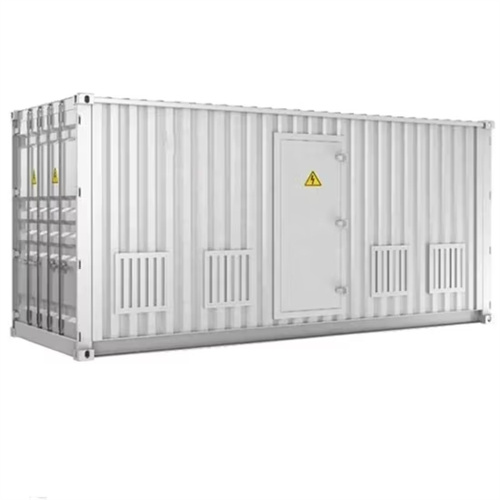About Energy storage battery expansion method video
As the photovoltaic (PV) industry continues to evolve, advancements in Energy storage battery expansion method have become critical to optimizing the utilization of renewable energy sources. From innovative battery technologies to intelligent energy management systems, these solutions are transforming the way we store and distribute solar-generated electricity.
When you're looking for the latest and most efficient Energy storage battery expansion method for your PV project, our website offers a comprehensive selection of cutting-edge products designed to meet your specific requirements. Whether you're a renewable energy developer, utility company, or commercial enterprise looking to reduce your carbon footprint, we have the solutions to help you harness the full potential of solar energy.
By interacting with our online customer service, you'll gain a deep understanding of the various Energy storage battery expansion method featured in our extensive catalog, such as high-efficiency storage batteries and intelligent energy management systems, and how they work together to provide a stable and reliable power supply for your PV projects.
Related Contents
- Battery energy storage video
- Lithium battery energy storage management video
- Energy storage battery unboxing video
- Energy storage battery disassembly method
- Energy storage lithium battery tutorial video
- How does the energy storage battery work video
- Energy storage battery cell video
- Energy storage battery dcdc wiring method
- Preheating method of energy storage battery
- Energy storage battery learning video
- Energy storage lithium battery production video
- Lithium battery energy storage cabinet video


